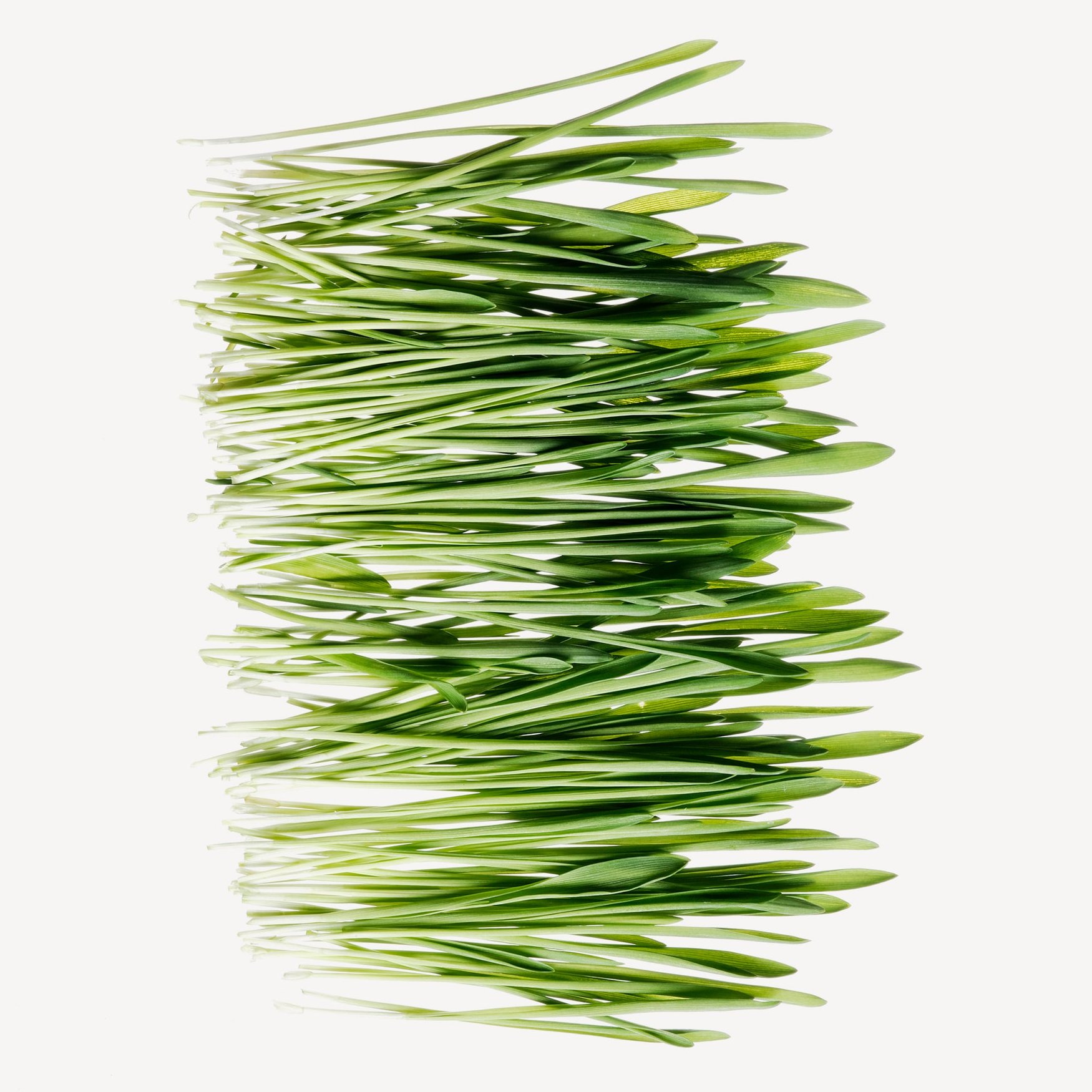Green Notes
Effusive and bright, vibrant and natural, remind nature and spontaneity.
Green notes bring a vibrant, refreshing and energizing quality to fragrances. Revitalizing, cool and effusive, green notes unfold as top notes, lingering transitorily in both feminine and masculine accords. The fresh note is reminiscent of nature—evoking the scent of leaves, foliage or moss, among other vegetal facets. A spontaneous note used in dynamic accords.
Data sheet
- Type
- Reproduction accord
